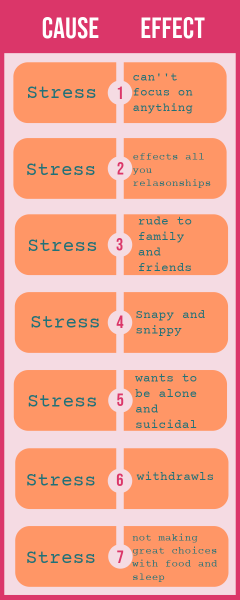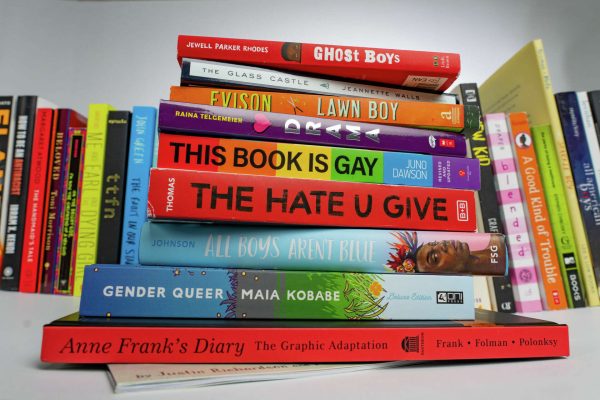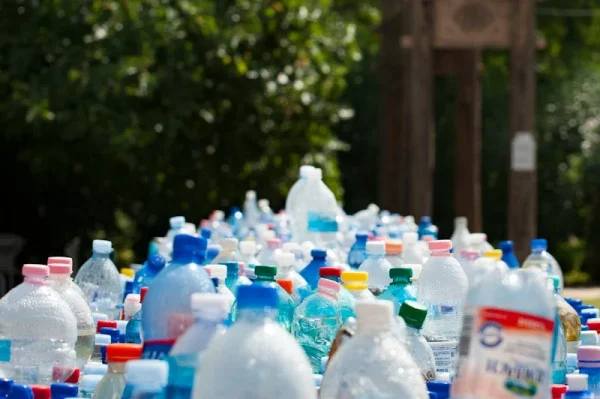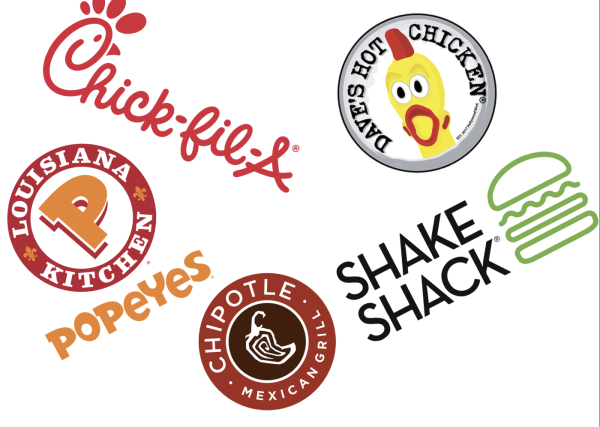Bittersweet Chocolate: Child Labor In The Cacao Industry
Chocolate is often associated with happiness, as a sweet pleasure to be enjoyed by all. However, no one considers where the chocolate comes from, how it is made, and, regrettably, at what expense. Most of the large chocolate manufacturers such as Nestle, Cargill, ADM Cocoa, and Barry Callebaut source their cacao beans from Western Africa. The relatively unknown reality is that oftentimes children are trafficked by plantation owners in this region who force them to work in the fields, unpaid, and defying the laws against child labor in Africa.
There are a variety of reasons that cacao plantation owners traffic children. First, they are in need of workers capable of manual, unskilled labor who can be easily taught. Furthermore, they seek to save money by “purchasing” trafficked children for just a few hundred dollars, and often do not pay them for their labor, despite promising them otherwise. In addition, the children are treated poorly and are beaten if disobedient. Most adults would never tolerate such treatment and the plantation owners would risk having insubordinate workers. Finally, children are held captive in these plantations, too scared to attempt escape, and more easily hidden from the authorities.
At first, the children are told that they are being given an opportunity to make money for their families. Most of them come from the poorest regions in Africa and are willing to do almost anything to make money. They are then smuggled across borders and brought to plantations which are hours away from their homes. Sometimes, this is done with the parents’ consent with the promise of money. Other times, the children are blatantly kidnapped. Landowners often seek children aged 7-15, who are too young to understand how they’re being victimized.
The main fuel for the trafficking of minors in the cacao industry in this region is the corrupt government that neglects to acknowledge the problem. In the documentary, The Dark Side of Chocolate, which addresses child labor in the cacao industry, even the Chief Secretary from the Department of Labor in the Ivory Coast disregards the controversy. Unfortunately, it is likely that until this problem is recognized by the people who have the power to make a change, children will continue to be taken from their families, trafficked, and forced to work unpaid.
Since the majority of chocolate worldwide is imported from Western Africa, the cacao industry in this region is made up of large and successful businesses. The chocolate producers that operate in the region presumably pay large amounts in taxes, which directly benefits the local governments. Considering the corruption that is known to be widespread in this region of Africa, no one has yet spoken up regarding this issue. They seek to protect their own jobs and salaries, despite the moral implications of these decisions.
When the documentary, The Dark Side of Chocolate was released in 2012 some uprisings resulted for just a short period of time. However, as of today, nothing has meaningfully changed. To help, we can try to purchase chocolate from more sustainable and reliably sourced chocolate brands such as Alter Eco, Divine, and Madécasse, all of which condemn the practice of child labor and ensure their chocolate production follows the highest legal and ethical standards. Since Halloween is one of the most profitable periods for the cacao industry, families can encourage non-chocolate treats. We can also try to spread awareness of the use of child labor in the chocolate industry in the hope that that may apply pressure on the large chocolate producers and governments to address the problem. Although we are not contributing to it directly, buying chocolate when we are ignorant of this controversy only continues to fuel the problem.













